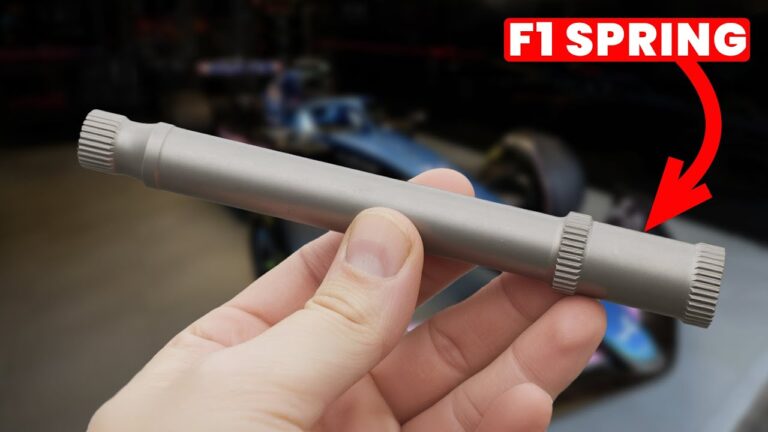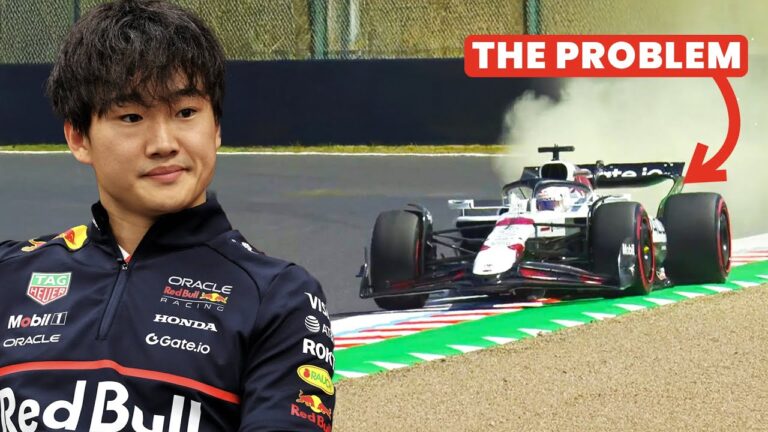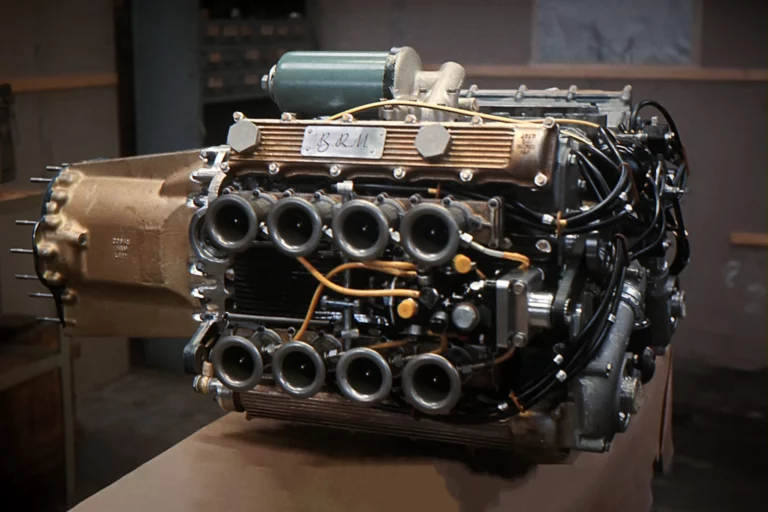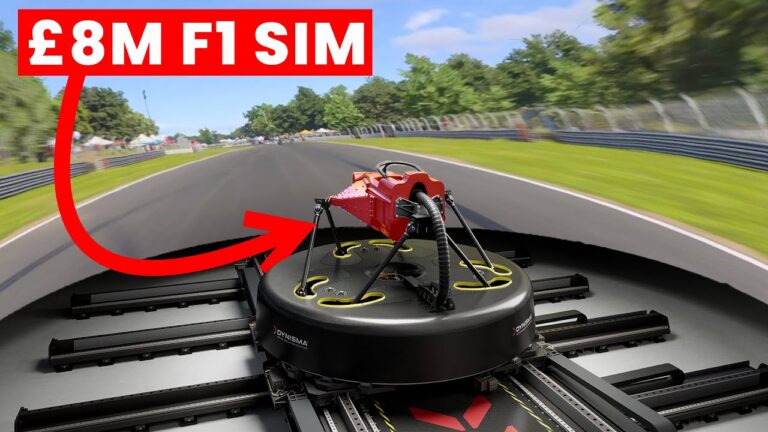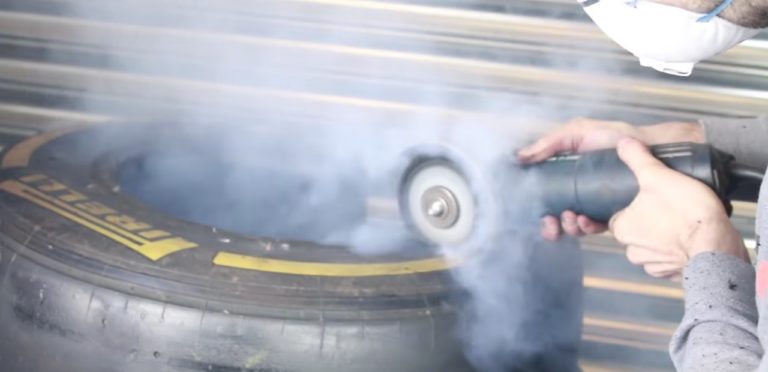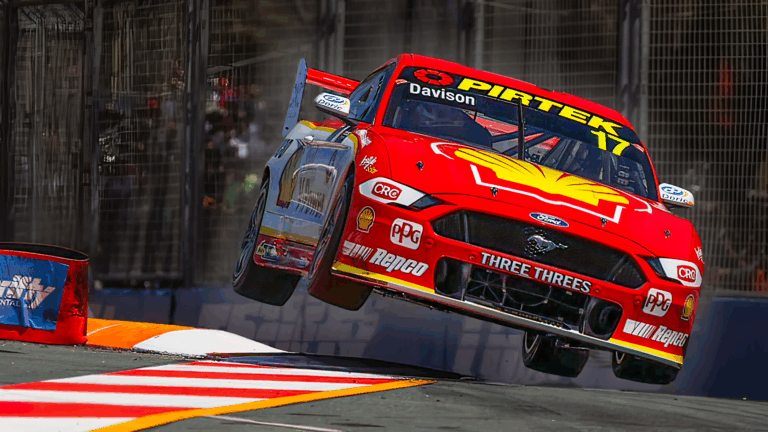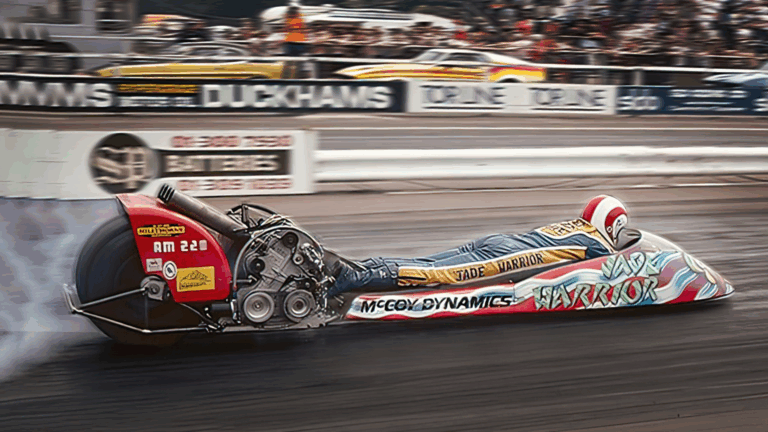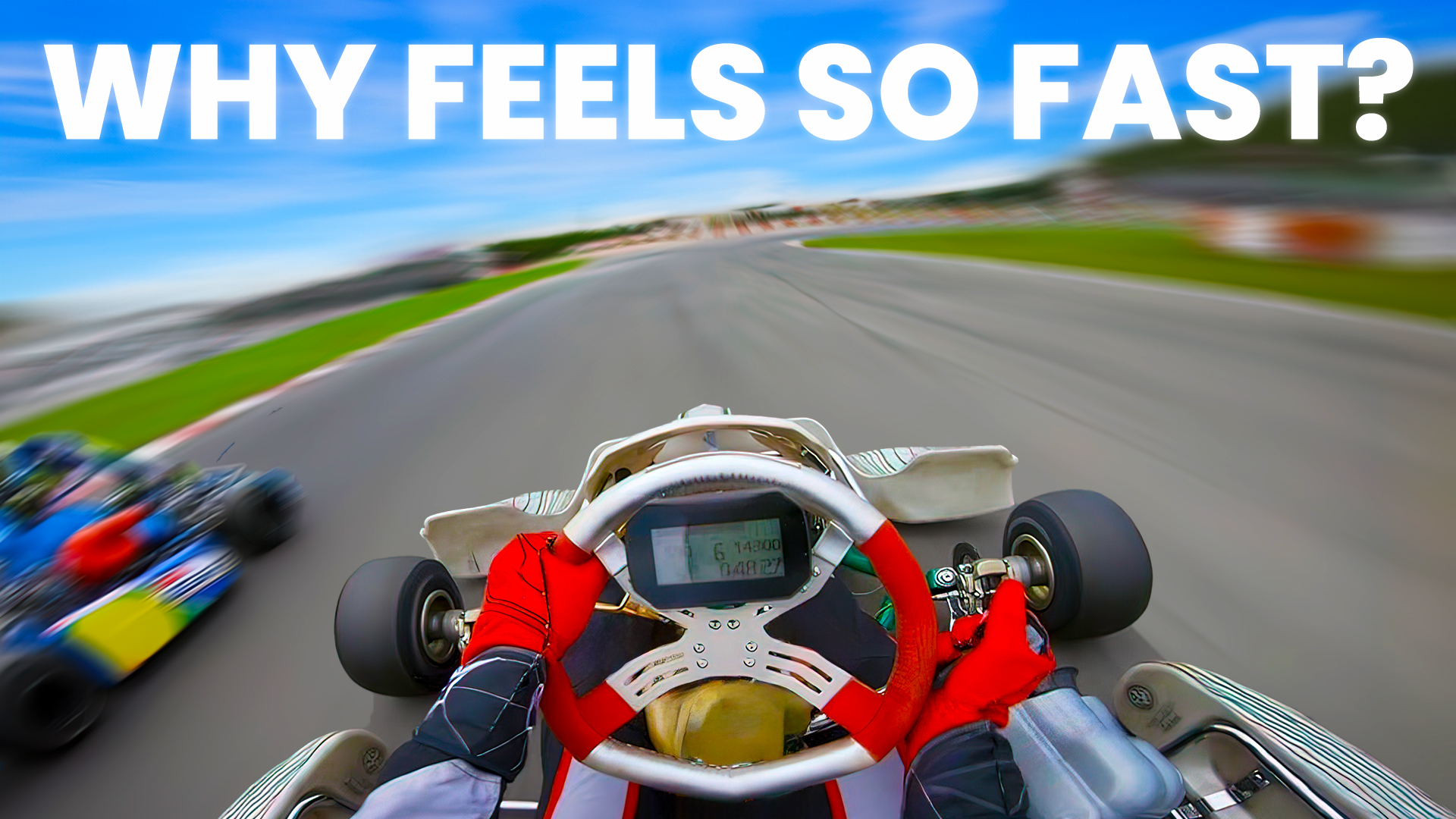
When you step into a go-kart, you’re in for an experience that feels far faster than most car rides, even though you’re moving at a fraction of the speed. Why is it that 50 mph in a go-kart feels more intense than the same speed in a road car? Here, we’ll break down the science and engineering that make karting feel so thrilling and intense, from seating height to how your body perceives motion.
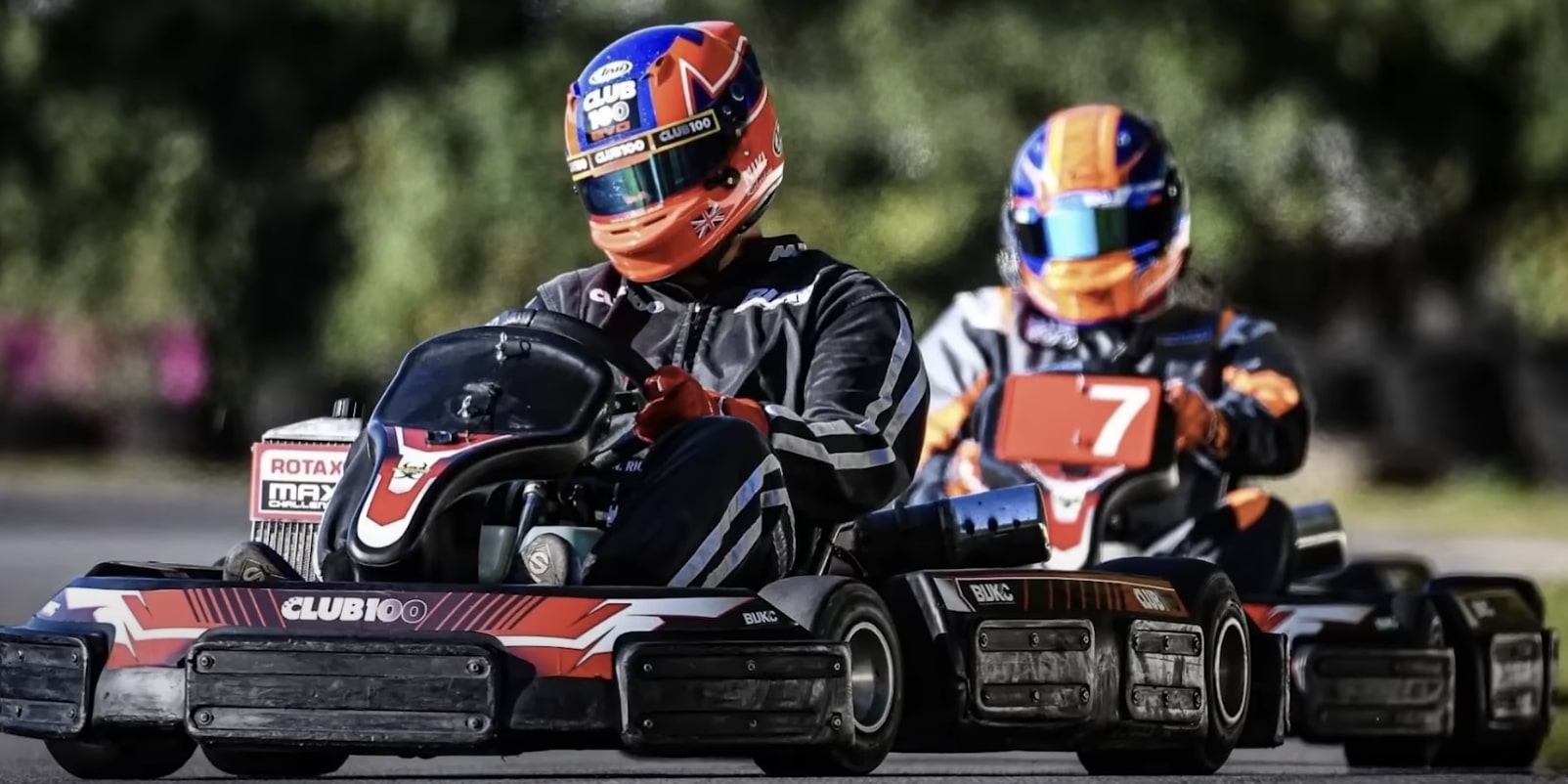
Why Go-Karts Feel Faster Than They Are
The Effect of Eye Height on Speed Perception
In go-karting, drivers are seated mere centimeters off the ground. This positioning drastically affects speed perception. Studies show that the lower your eye level, the faster things appear to move, as objects close to you seem to zoom by at a greater pace. In contrast, typical road cars elevate drivers much higher, dampening the sensation of speed.
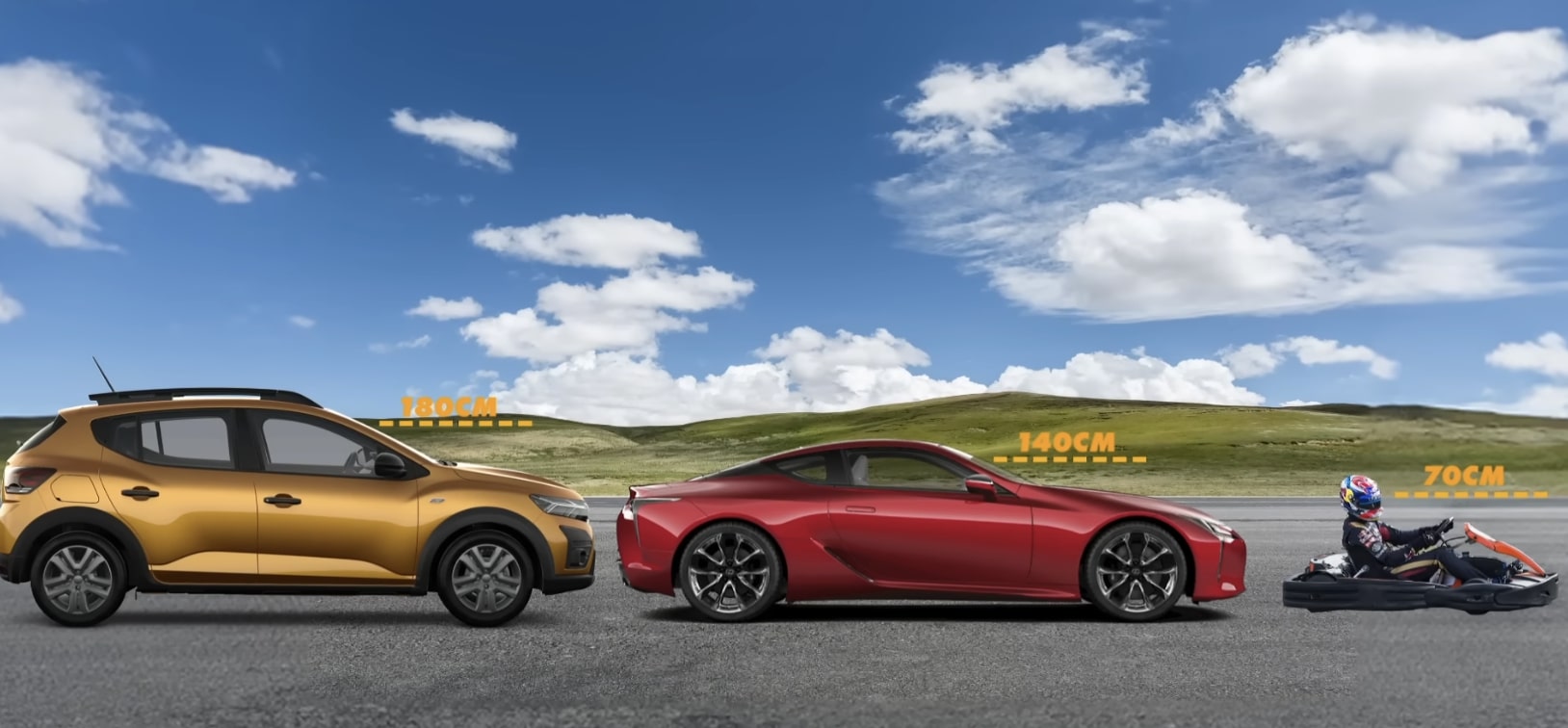
Circuit Design: Close Quarters Racing
Karting tracks are known for their tight layouts, designed to maximize track length within a limited area. With barriers, curbs, and posts set close to the track, every twist and turn heightens the sensation of speed. The proximity of these track elements creates a sense of intense velocity that isn’t as present in Formula 1 circuits, where barriers are often much farther away for safety reasons.
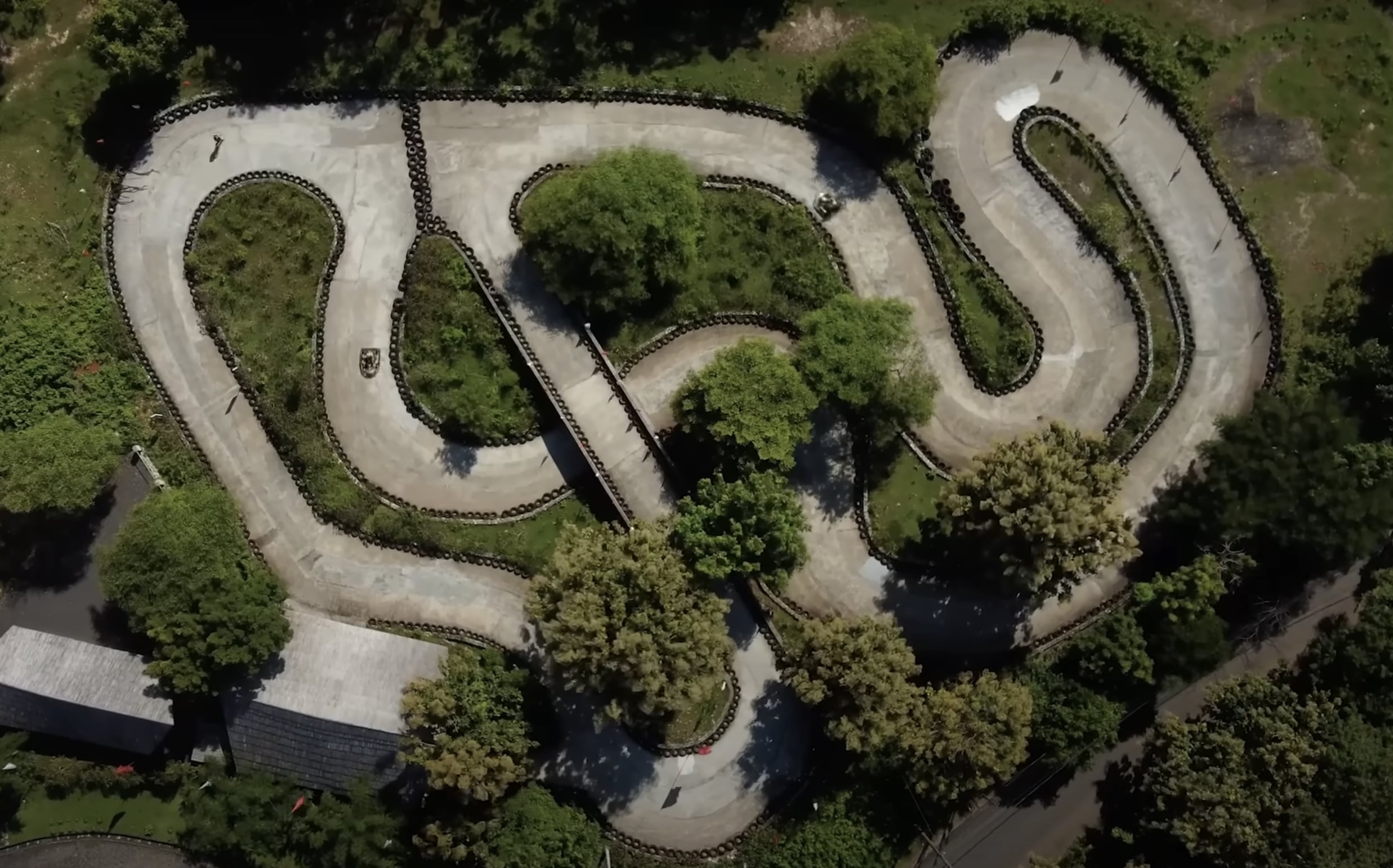
The Role of Field of View (FOV)
Your field of view (FOV) also plays a role in how fast you feel. A wider FOV, which is closer to the natural 200-degree horizontal and 130-degree vertical range humans experience, amplifies speed perception. In racing, the expansive FOV allows for more visual cues, increasing the sense of speed. This is why a go-kart’s open cockpit feels faster than a confined road car interior.


The Physics of Acceleration and Jerk
The real “feeling of speed” comes from acceleration rather than speed itself. When cornering or braking in a kart, the sudden changes in velocity produce a G-force effect similar to that of a Formula 3 car, thanks to the kart’s light weight and high grip. On top of that, the sensation of “jerk” – the rate of change in acceleration – is much more pronounced in karts without suspension. When you hit a bump, you feel it immediately and fully, adding another layer to the sensation.
Vibration and Body Sensation
Without suspension, a kart’s chassis and tires relay every vibration from the track directly to the driver. These vibrations are intensified due to the lack of dampening, giving you a raw, direct feel of the surface. The human body is particularly sensitive to vibrations between 0.1 and 100 Hz, which encompasses the range of road texture and track bumps. As your body processes these rapid changes, it reinforces the high-speed feel.
The Thrill of Close Racing
Finally, karting is a visceral experience because it’s often a shared one. Unlike open roads, karting tracks are bustling with other drivers, leading to tight, wheel-to-wheel racing. This packed environment not only demands quick reflexes but also amplifies the thrill and perceived speed through the sheer excitement of close competition.
Karting may not reach speeds anywhere near those of road cars or Formula 1, but the combined effect of eye height, circuit design, FOV, and the physical sensations involved creates a heart-pounding experience that feels faster than it is. Next time you’re in a go-kart, remember: the thrill lies not just in speed but in how every part of your body perceives the ride.




